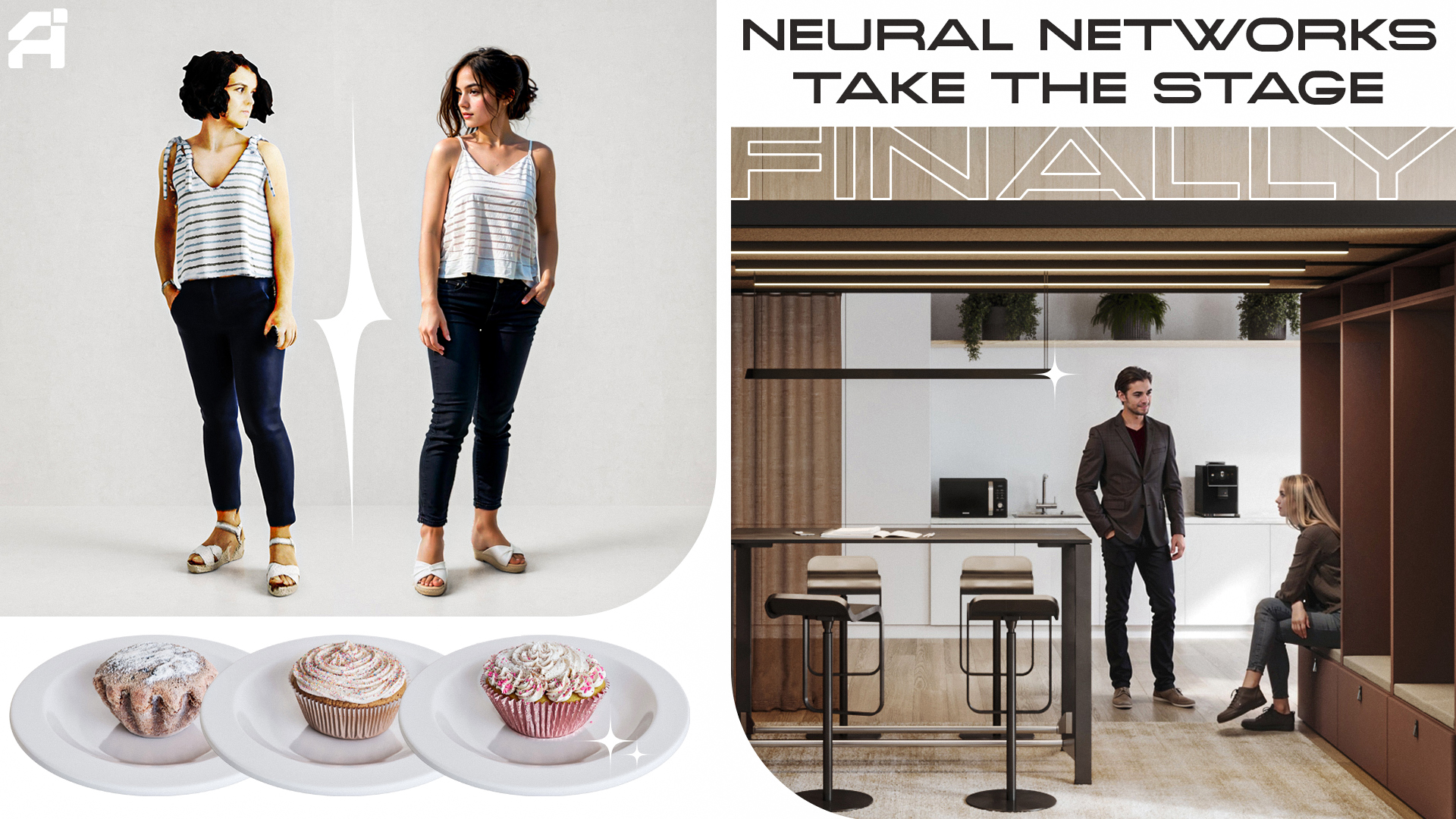
Neural networks and 3D rendering
The modern world is so brimming with technology that it sometimes feels like we’re living in the future envisioned by past science fiction writers. Suddenly, we have smart homes, self-driving cars, and, of course, neural networks—our faithful assistants in various fields.
They have not only made our lives easier but also more interesting and productive. One striking example of this progress is visualization. What used to be a complex and labor-intensive task has become much simpler and more engaging, thanks to neural networks.
Let’s discuss how artificial intelligence has revolutionized this field and the benefits we’ve gained from this technological marvel.
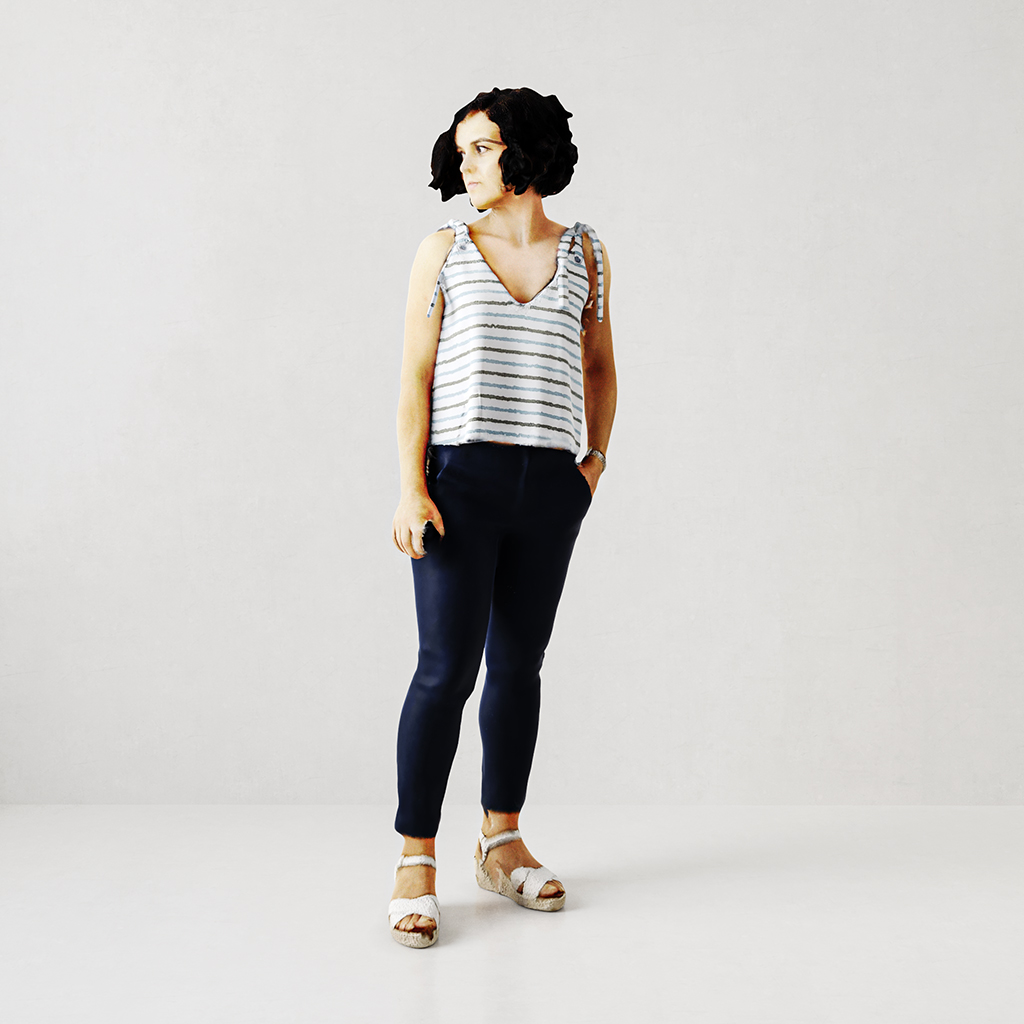
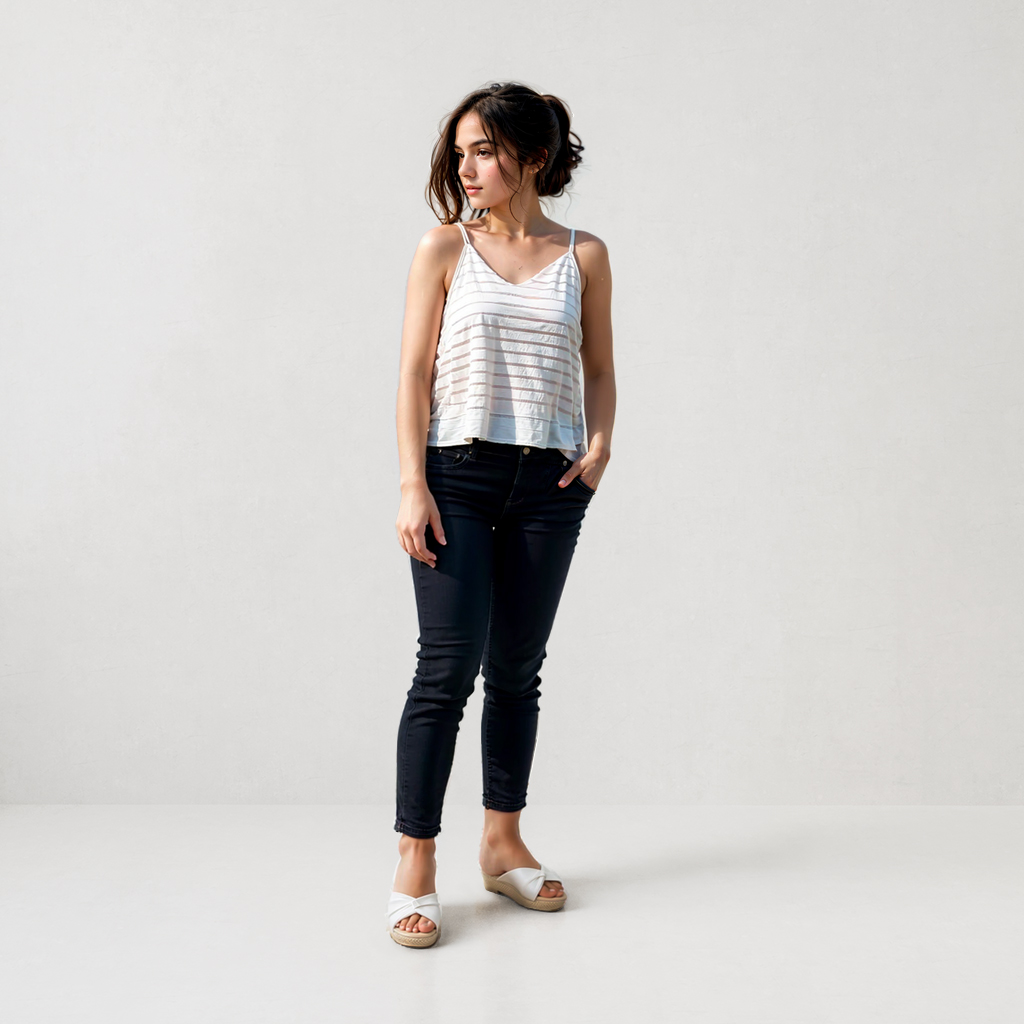
Visualization Before Neural Networks: The Struggle for Realism
In the past, virtual visualization was a true challenge. Designers and architects would spend countless hours, and sometimes even entire days, to create an image that remotely resembled reality. One of the most difficult tasks was adding people to renders.
3D Models: Nomads from Project to Project
When 3D modeling technology was still in its infancy, realistic human models were virtually nonexistent. Visualizers had to make do with the few models that were available. These models were passed from project to project simply because there were no alternatives. They might have sufficed for distant shots, where their flaws were masked by the overall visual background. However, when it came to close-ups, the issues became glaringly apparent—these models looked unnatural, poorly integrated into their surroundings, and created an artificial feel. Users could easily spot that these “people” clearly did not belong to the real world and did not meet the level of realism required for high-quality visualization.
PNG People: Lifesavers in the Digital Sea
As designers’ patience with imperfect 3D human models wore thin, PNG people came to the rescue. These flat images provided a genuine relief, creating an illusion of reality in renders. This was particularly effective if the visualizer was skilled in adjusting sizes, color correction, and shadowing. Working with PNG people was akin to preparing a complex dish: every element had to be carefully selected to ensure the result looked convincing. Although the process was labor-intensive and required attention to detail, the final outcome was worth the effort. In some studios, specialists even emerged whose sole job was to add people to renders. Yes, it was truly a dedicated profession!
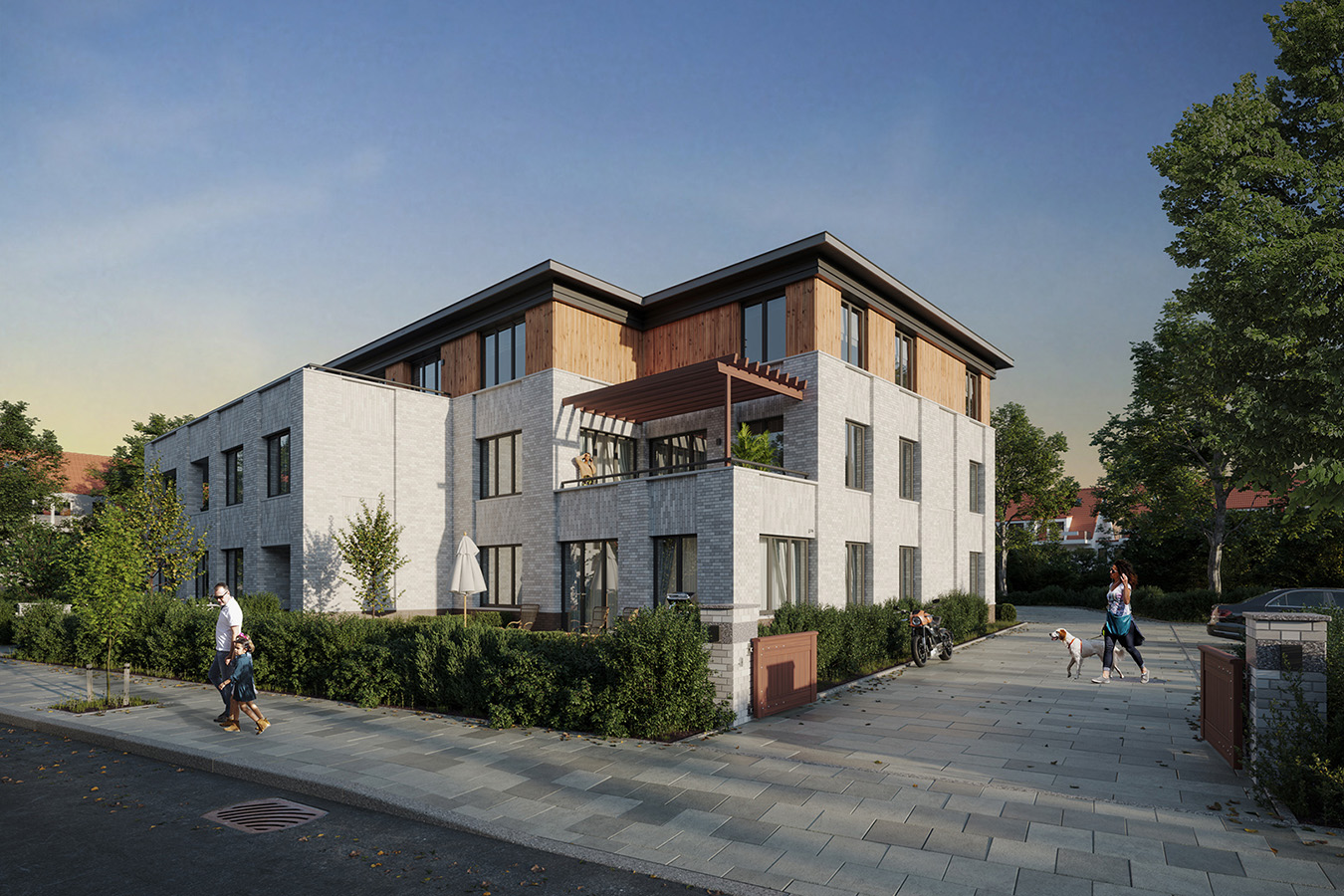
Neural Networks Take the Stage: Finally!
And just when everyone had gotten used to their modest set of tools and methods, neural networks burst onto the scene like a rock star at a festival. They completely transformed the game, giving visualizers a powerful tool that not only simplified the process but also opened up new horizons.
Architectural Visualization: Long Live Green Trees and Perfect Water!
Architectural visualization has always been a challenge. Even the best of the best spent countless hours at their computers, trying to create the perfect view. But neural networks have turned this routine into an engaging experience. Now, you just upload your project, press a few buttons, and voilà—realistic trees, lush grass, perfect water, and a sky that could be painted by an artist.
No more spending time detailing the environment manually. Neural networks handle it effortlessly. Need to change the time of day? No problem! Want to add some clouds or sunlight? Easy! Looking to add a crowd to a square or a few random passersby? All this can now be done much faster, and the results are always impressive.

Automation and Creative Freedom
In the past, visualizers spent an enormous amount of time creating and setting up environments manually. Now, thanks to neural networks, they can focus on the creative aspects of their work, leaving the routine tasks to artificial intelligence. Neural networks tackle tasks that once seemed complex and labor-intensive. For example, showing a building project in different seasons—autumn, winter, and spring—used to require long hours of work. While the process still demands attention and precise adjustments, neural networks significantly speed it up, creating the necessary images with much less time investment. This is not just a relief; it’s a new era in visualization!
Interior Visualization: A Step Closer to Reality
If architectural visualization has undergone a revolution, interior visualization has not been left behind. Now, you can achieve a level of detail that once seemed unattainable. Neural networks effortlessly handle tasks related to textures, lighting, and, most importantly, adding realistic people to scenes. They can not only accurately integrate a person into an interior but also alter their appearance, age, mood, and even clothing. This allows for the creation of scenes that look truly alive and believable. What was once a complex and lengthy process is now accessible and far more enjoyable.
People in Renders: Bringing Life to the Scene
Previously, adding people to renders was a real puzzle requiring significant skill. Now, this process has become incredibly simple and intuitive. Neural networks don’t just insert figures into the frame; they bring them to life. Want a person to look younger or older? Easy. Need to change their clothing or convey a specific mood? No problem. Renders now feature not just images but genuine characters, each with their own unique story and personality.

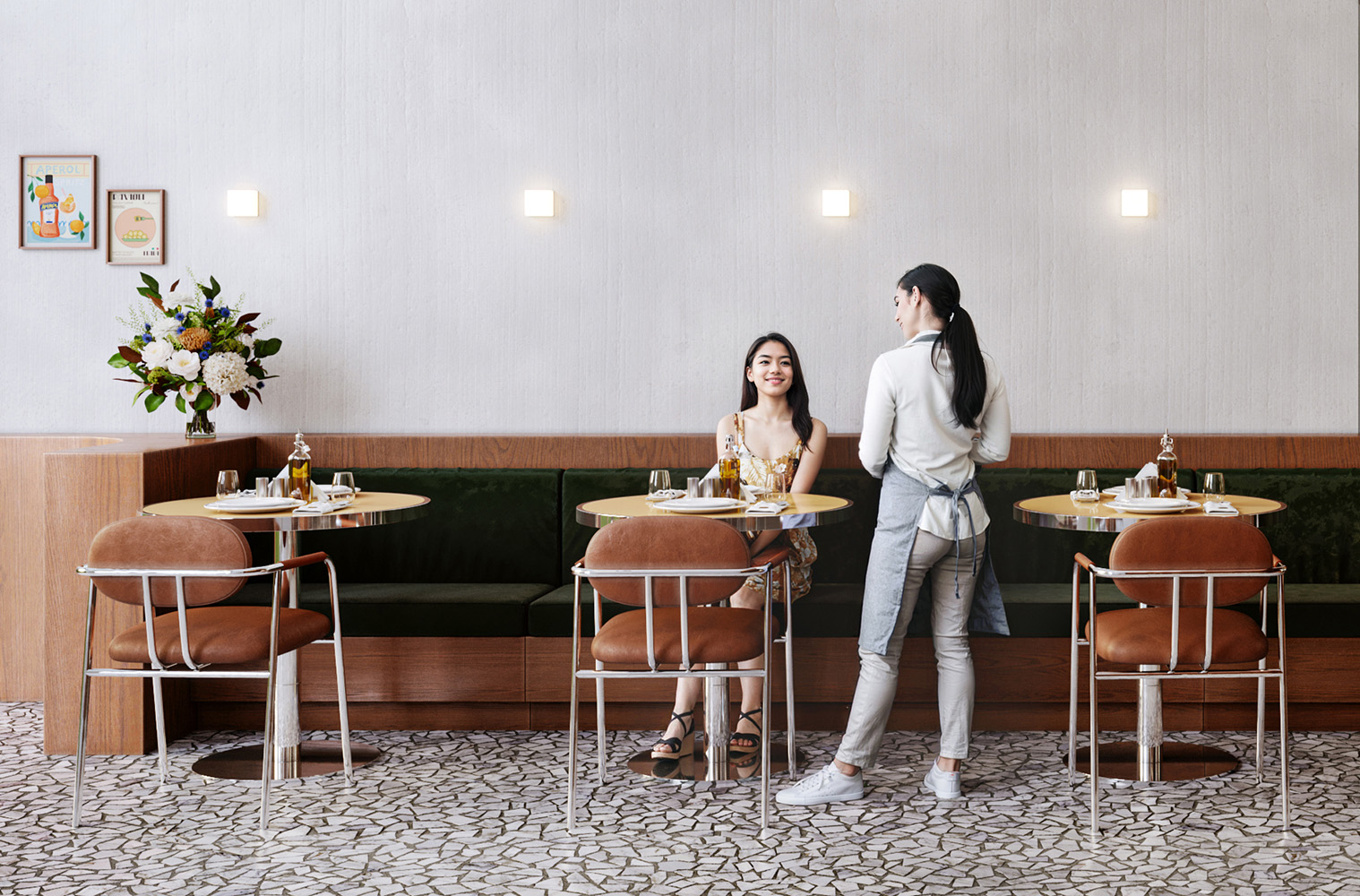
Quick Edits and Recoloring
Imagine a client asking you to change the color of the walls or add a throw blanket to the sofa. Previously, such tasks could turn into a real headache, requiring hours of work. But now, thanks to neural networks, these tasks are much simpler and faster. While the full process still demands attention and precision, neural networks significantly speed up the editing and option-selection process. This means you can quickly present several solutions to your client, saving time and reducing stress. The result will delight both you and your clients!
Concepts and Collages: Creating Masterpieces on the Fly
Many interior designers now cannot imagine their work without neural networks. These technologies have become indispensable assistants in creating concepts and collages. Neural networks can generate several concept variations based on your preferences, leaving you to choose the best one. This saves time and simplifies the process, allowing you to focus on the creative side of your work.
Product Visualization: From Culinary Arts to Fashion
Product visualization has also become easier and more enjoyable with the advent of neural networks. Creating images of food or fabrics has become simpler and more interesting.
Working with Food Images: From a Crouton to a Cupcake
In the past, creating appetizing food images required a lot of sweat and effort in Photoshop, but now neural networks handle this task in the blink of an eye. Want to turn a bland crouton into a delicious cupcake? Just set the parameters, write a prompt, and the neural network will create an image that makes your mouth water. It’s like magic, only tastier!


Folding Fabrics: Bringing Textiles to Life
In the past, modeling fabric was a complex and tedious process, but now it has become an enjoyable and straightforward task. Neural networks generate such detailed and realistic folds that they almost seem tangible. This is especially crucial for textile products and soft furnishings, where every fold matters and can make a significant difference in the final result.

Practical Examples of Using Neural Networks in Visualization
Neural networks have firmly integrated into my workflow, becoming an essential part of my toolkit. Let’s explore a few examples from my experience to understand how these technologies can be of great assistance.
Office Space and Neural Networks
One notable example is our collaboration with the Loeserbettels Design Studio. Our task was to create renders of an office space to showcase a conference room design called Shelter. Initially, the renders featured people in business suits, as originally planned. However, the designer felt that this approach looked too formal and didn’t capture the desired atmosphere. He suggested replacing these individuals with younger people dressed in casual attire to create a more dynamic and relaxed image.
Using neural networks, we quickly updated the renders with vibrant and engaging visuals. The new images immediately caught the eye and highlighted the concept of a modern, friendly office environment. This not only enhanced the visualization but also helped convey the atmosphere we aimed to create, which was crucial for a successful presentation to the client.
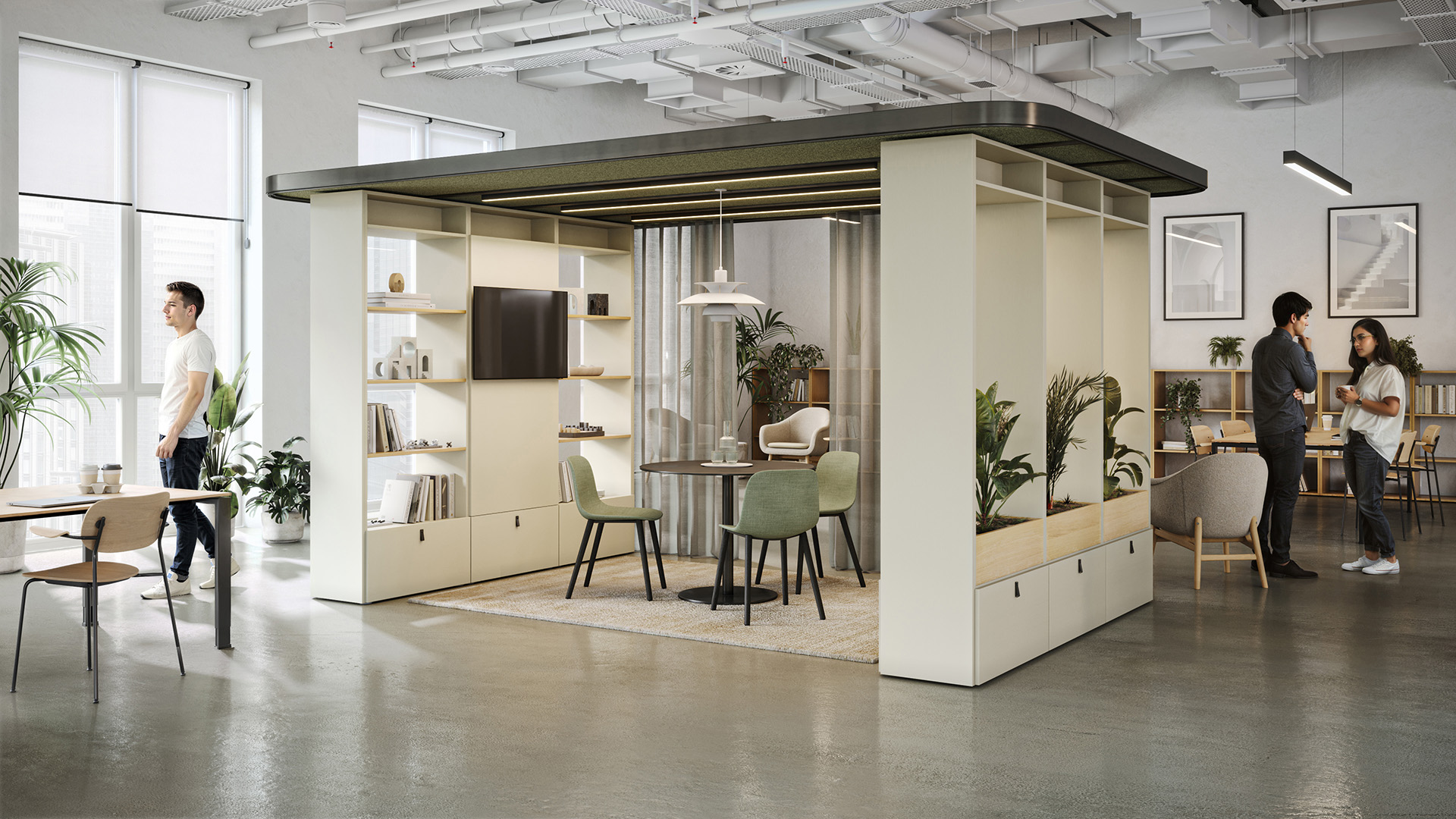
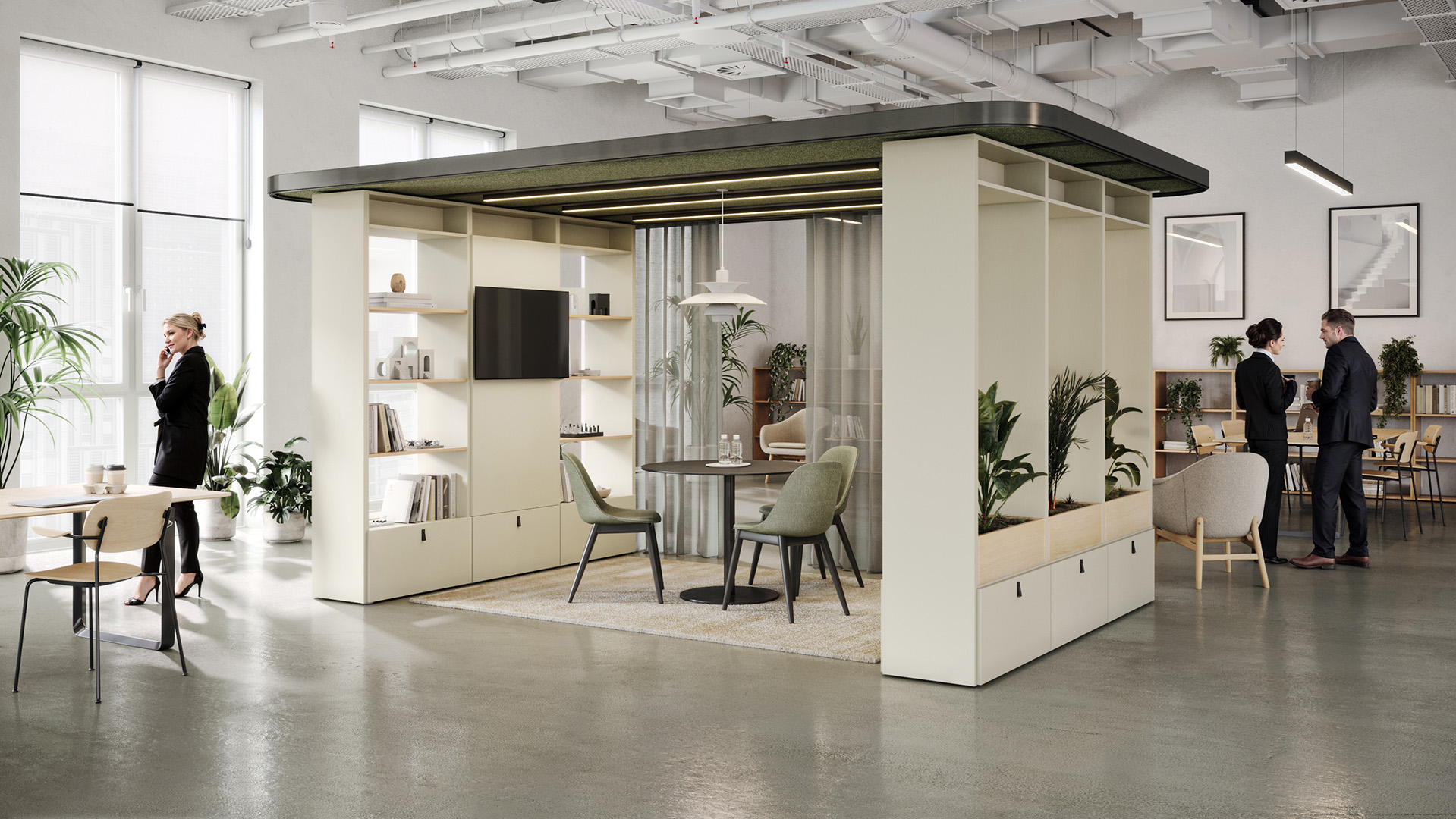
Images with and Without People: Feel the Difference
Here’s another example: comparing images with people versus without them. I utilized 3D models of people that were enhanced by neural networks. This didn’t just add liveliness to the image, but also made it significantly more realistic and engaging. The neural network provided the models with natural poses, emotions, and interactions with the surrounding environment, greatly improving the overall perception.
As a result, the project became much more convincing and expressive, which is especially crucial for a successful presentation. Seeing how the people in the image become genuine parts of the scene not only grabs attention but also helps convey the project’s concept and atmosphere more effectively.
Using Stable Diffusion for Image Editing
I use Stable Diffusion, a free neural network with a rich set of features that greatly simplifies the work. On YouTube, you can find many videos that explain in detail how to install and set up Stable Diffusion, so you’ll be able to quickly master this tool.
For image editing, I rely on the img2img inpaint section, where the real magic happens. Start by uploading your image. I recommend avoiding large images; instead, cut out smaller pieces, ideally 768×768 pixels, that you need to edit, and work with those. After editing, you can simply merge the edited elements into your render in Photoshop.
To achieve great results, it’s crucial to configure the prompt correctly. Don’t forget about the negative prompt, as it can significantly impact the final result. One of the key parameters is denoising strength. Don’t set it too high; it’s better to start with a value of 0.5 and adjust it gradually through trial and error.
For models, I prefer using cyberrealistic or juggernaut, as they deliver excellent results without much hassle. Models with inpainting in their names can also be useful, as they are specifically designed for use in the img2img inpaint section. You can find and use any models you like on the site civitai.com.
Additionally, Stable Diffusion allows you to upscale images. However, I prefer using Topaz Gigapixel AI for this purpose, a paid neural network that excels at enlarging images. Thanks to it, I avoid issues with high-resolution textures.
These tools and methods allow me to significantly speed up the process and achieve excellent results in visualization.
Conclusion
The use of neural networks in visualization has been nothing short of a breakthrough. These technologies have not only simplified the lives of designers, architects, and visualizers but have also made their work more engaging and productive. Neural networks enable the creation of images that were previously unattainable without significant time and effort. They have become indispensable allies in handling textures, lighting, adding people to renders, and crafting realistic environments.
There’s no need to fear that neural networks will replace humans. Instead, they help you enhance your skills by freeing up time for creativity. Utilizing neural networks is not just a step forward; it’s a genuine leap into the future, where more processes are automated, and your role becomes increasingly creative and significant.
So, if you haven’t yet tried incorporating neural networks into your work, now is the perfect time to start. Yes, the initial steps may be challenging, but the results are worth it. Experiment, learn, and take advantage of the possibilities offered by modern technology. And who knows, your project might just become the next masterpiece created with the help of artificial intelligence!




